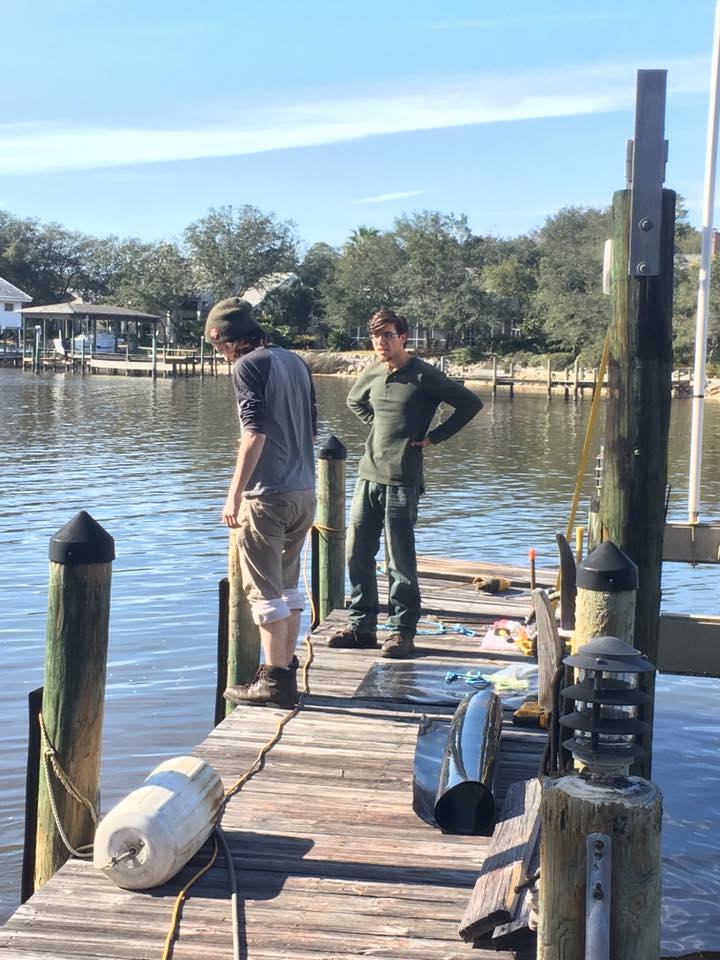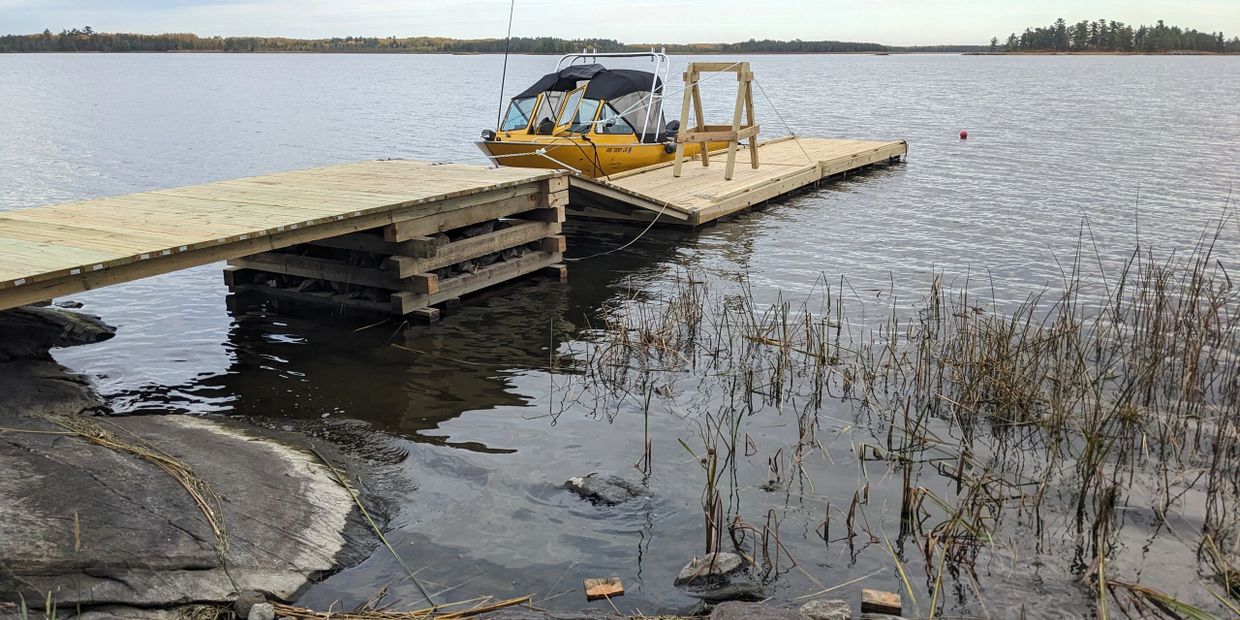Effective Dock Repair Work Techniques: Guaranteeing Structural Integrity
Making sure the structural integrity of docks via effective fixing techniques is vital for the durability and safety of marine centers. Ultimately, choosing the right repair service products, such as composite products and corrosion-resistant alloys, is vital for durability.
Evaluating Dock Damage
Examining dock damage is an essential initial step in making sure the architectural integrity and security of any type of docking facility. Secret facets to check out consist of the dock's structure, pilings, decking, and equipment (Dock Repairs).
Architectural designers or certified assessors typically do these analyses utilizing specialized techniques and tools. Underwater assessments could employ finder devices or remotely ran vehicles (ROVs) to discover submerged damages. Above water, aesthetic examinations are enhanced by using dampness meters and other diagnostic devices to uncover underlying concerns not promptly noticeable to the nude eye.

Choosing Fixing Materials
Picking the suitable repair service products is a crucial step in the dock remediation process, one that directly affects the durability and performance of the repaired framework. Material selection need to be driven by aspects such as environmental conditions, load-bearing demands, and compatibility with existing dock parts.
In addition to timber, composite products are increasingly preferred because of their durability and low upkeep demands. Composites, usually made from a blend of plastic and timber fibers, provide outstanding resistance to rot, bugs, and UV damages. For steel anchors, picking corrosion-resistant alloys such as galvanized steel or marine-grade light weight aluminum is important to prevent rust and make sure architectural stability in saline water conditions.
Epoxy resins and marine-grade sealants are vital for repairing fractures and securing joints, giving a water-proof obstacle and boosting the dock's overall toughness. By diligently choosing top quality materials, dock repairs can accomplish lasting results, consequently guarding against future degradation and making sure safe, dependable use.
Structural Support Methods
Efficient structural support methods are crucial in ensuring the stability and long life of dock repair work. One basic technique involves using steel or composite reinforcement bars (rebar) within concrete frameworks. Rebar provides added tensile strength, preventing splits and dispersing loads much more equally. This technique is particularly effective for docks exposed to heavy loads or severe environmental problems.
Another important method is the application of fiber-reinforced polymers (FRP) These materials offer high strength-to-weight proportions and outstanding resistance to deterioration, making them optimal for reinforcing concrete or wooden docks. FRP can be applied in sheets or strips and adhered with epoxy materials to improve structural honesty.
Supporting and anchoring systems likewise play an essential duty in structural support. Cross-bracing, making use of steel or wood beams, can counteract lateral forces, minimizing guiding and movement. Securing systems, such as helical piers or driven piles, give a steady foundation by moving tons to deeper, more stable dirt layers.
Lastly, the assimilation of load-distribution plates can help distribute weight much more equally across the dock's surface, alleviating local tension factors. These strategies try this site collectively make certain that docks stay robust and risk-free, with the ability of holding up against the rigors of their functional setting.
Advanced Repair Work Approaches

One more innovative strategy includes undersea welding, Bonuses which enables repairs to be carried out without the requirement to dewater the area. This technique is especially helpful for dealing with structural problems in immersed dock elements, ensuring very little interruption to procedures. Improved welding strategies, coupled with robotic systems, supply accuracy and reliability, thereby expanding the life expectancy of the dock.
Additionally, cathodic security systems are implemented to stop corrosion in metal dock structures. By utilizing sacrificial anodes or impressed existing systems, these strategies effectively minimize the electrochemical processes that result in product wear and tear.
Lastly, advanced surveillance innovations, such as architectural health monitoring (SHM) systems, supply real-time data on the condition of dock frameworks. These systems make it possible for aggressive upkeep and timely interventions, eventually guaranteeing the long-lasting architectural stability of the dock.
Maintenance and Avoidance
Maintenance and avoidance are fundamental ideas that underpin the longevity and safety and security of dock structures. Routine assessments are vital, permitting early discovery of click resources wear and tear, prospective weak points, and environmental influences. An aggressive technique, entailing regular checks for deterioration, rot, and architectural changes, alleviates costly fixings and extends the dock's operational life.
Safety nets should include applying safety coatings to steel components to protect against corrosion and using treated timber to resist degeneration. In addition, making certain correct water drainage and ventilation can protect against water buildup, which is an usual reason for structural degradation. Including top quality products and sticking to producer standards during building and construction and repair service stages also play crucial roles in improving resilience.

Educating employees in dock upkeep best techniques makes sure regular application of safety nets. Leveraging technical advances, such as drones for examinations and sensing units for real-time surveillance, can better boost maintenance efforts. By focusing on upkeep and prevention, dock proprietors can make certain architectural stability, functional safety, and cost-efficient monitoring over the dock's lifespan.
Final Thought
In conclusion, maintaining the architectural integrity of aquatic facilities necessitates thorough dock repair methods. Advanced repair strategies, coupled with normal upkeep methods, make certain the dock continues to be functional and secure under diverse ecological problems.
Guaranteeing the structural integrity of docks with reliable repair techniques is vital for the long life and security of aquatic centers.Selecting the proper repair work products is a pivotal action in the dock restoration procedure, one that directly affects the durability and performance of the repaired framework.Efficient structural support methods are critical in guaranteeing the security and longevity of dock fixings. By prioritizing maintenance and prevention, dock owners can make certain structural stability, operational safety, and cost-effective management over the dock's life-span.
In conclusion, preserving the architectural honesty of aquatic centers requires thorough dock repair work techniques.